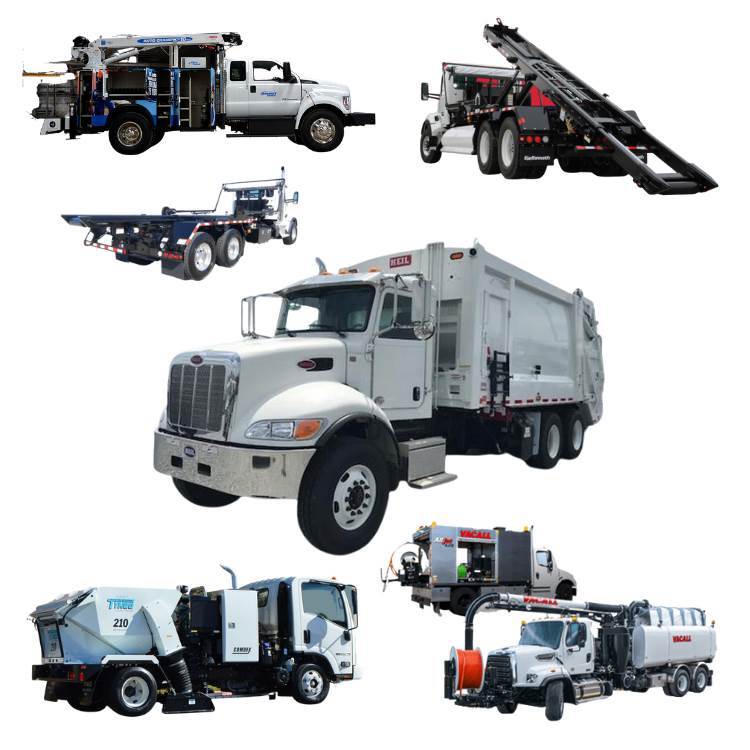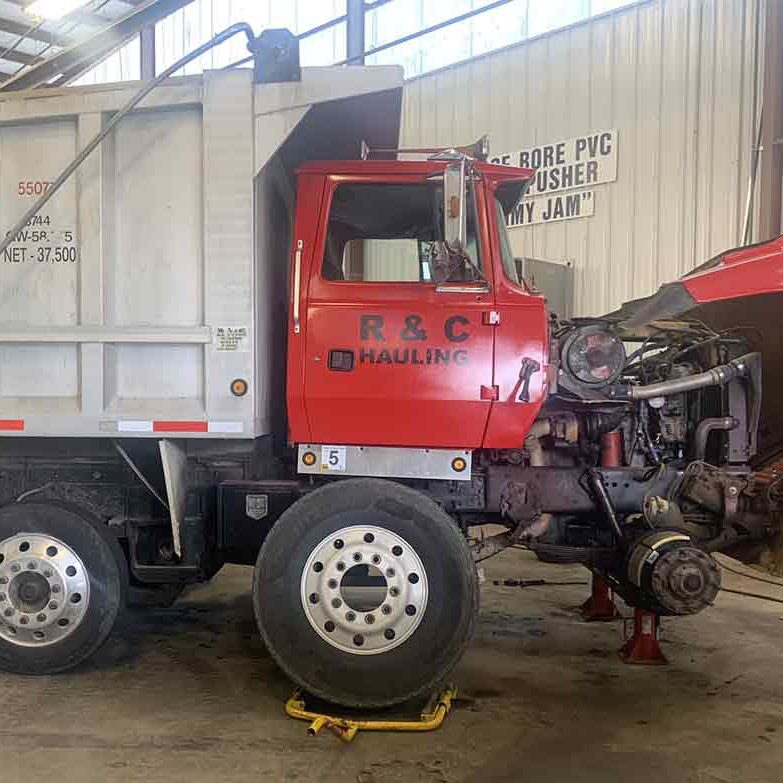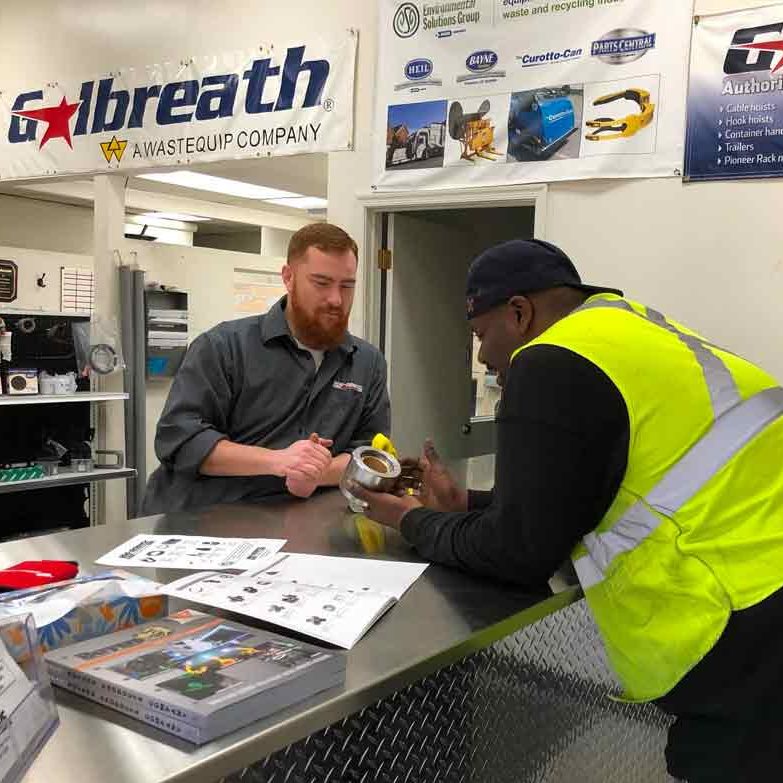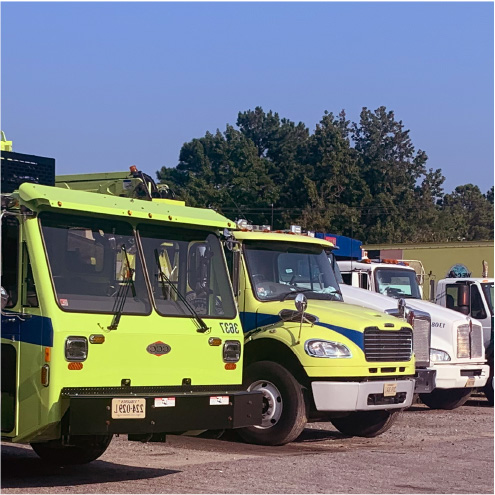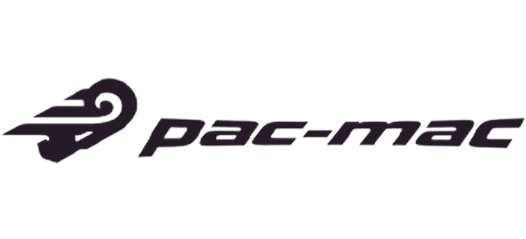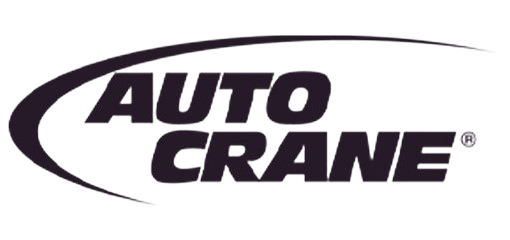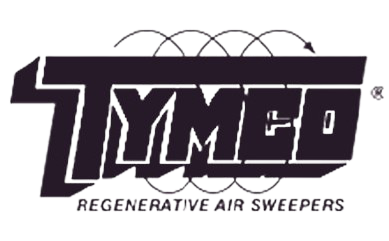Are you considering a grapple loader? Making the correct choice involves factors like industry application and efficiency. Grapple loaders are popular in waste management due to their strength and time-saving benefits. They’re essential in recycling centers and waste facilities, lifting hefty loads in one go. This efficiency boosts profitability by reducing time and effort per task.
Choosing the ideal grapple loader leads to long-term savings. A durable one streamlines waste removal with fewer resources. Crucial features impact your selection. Let’s explore them.
Check out our Pac-Mac KB-20 Knuckle Boom Truck: Pac-Mac KB-20 Knuckle Boom Truck | Mid-Atlantic Waste (mawaste.com)
Grapple Truck and Chassis:
Starting with the grapple truck and chassis selection is crucial. Factors like usage and application are pivotal when choosing a grapple truck. Various applications have distinct loader/grapple and chassis requirements. In the refuse industry, grapple trucks are employed in:
- Bulk waste management
- Storm clean-up
- Canal maintenance
- Tree services.
A notable trend in bulk waste management is the rise of non-CDL packages. These options are preferred due to the competitive CDL operator market. For instance, a non-CDL package can reach 17 feet, lift 1,200 lbs., and offer nimble functionality with an 18′ body and 4,000 lbs. payload capacity.
Design:
After choosing the appropriate chassis and body combination, the focus shifts to the specific application. Key questions to ask include:
- Required reach and lifting capacity
- Preferred loader operation method
- Suitable grapple attachment type
An often ignored aspect is load movement frequency within a timeframe (daily, weekly). Some loaders are designed for specific load cycle quantities over several years, requiring a deep understanding of specifications.
Lifting and Reach Capacity:
The lifting and reach capacity of a grapple loader holds significant importance. Considerations include the necessary reach and weight to be lifted at maximum extension. These factors aid in selecting the appropriate product. Additionally, the grapple weight, sometimes around 1,000 lbs, should not be overlooked.
It’s worth noting that non-CDL and 33K GVWR chassis impose limits on reach and lifting capacity. Transitioning to a tandem chassis grants access to a broader spectrum, potentially surpassing 25 ft.
Operational Options:
Loader operation methods offer diverse choices, with autonomous operation on the horizon. Currently, you have these options:
- Top Seat Model: Common and straightforward, with the operator perched atop the loader, commanding a full view of the loading area.
- Dual Stand-up Controls: The operator exits the truck cab to a rear-mounted platform, equipped with dual operating stations on each side. This layout grants a clear view of the loading area and interior, popular for rapid stop-to-stop operations.
- Fully Enclosed Cabin: Though less common due to swift inter-movement times, this method offers comfort, especially in harsh winters.
Grapple Attachment Importance:
The grapple is a pivotal component of your grapple truck, serving as the crucial factor in achieving efficient and effective loading. Grapples vary significantly, tailored to specific applications. In the context of the refuse industry, seek a grapple with ample volume and replaceable edges. Design-wise, prioritize features that shield hoses and cylinders from debris since grapple hoses often require frequent repairs.
Construction and Design:
In demanding environments, grapple trucks must withstand rugged conditions. Opting for a well-designed grapple loader ensures longevity, reducing the need for frequent repairs. A robust build safeguards vital components, minimizing downtime and enhancing profitability.
Hence, selecting a manufacturer attuned to your business is crucial. Look for one that tailors products to your application, understanding the necessity for durability, especially in challenging job sites. Comprehensive protection for hoses, pipes, cylinders, and fittings is essential, considering that time is money and immediate part availability might not always be feasible, particularly in disaster-stricken areas.
In Conclusion:
Grapple loaders play a crucial role in enhancing bulk waste management by optimizing waste handling, boosting productivity, and diminishing the need for manual labor. These machines not only mitigate injury risks but also enhance overall operational efficiency within waste management endeavors. To ensure seamless and optimal waste removal, it’s imperative for operations to possess grapple trucks tailored precisely for their applications. This alignment benefits both the workforce and the project at large, contributing to smoother waste removal processes.
Full Sourced Article: 6 Crucial Things You Should Know Before Purchasing a Grapple Loader – Waste Advantage Magazine
Jensen, H. (2023, August 25). 6 crucial things you should know before purchasing a grapple loader. Waste Advantage Magazine. https://wasteadvantagemag.com/6-crucial-things-you-should-know-before-purchasing-a-grapple-loader/

